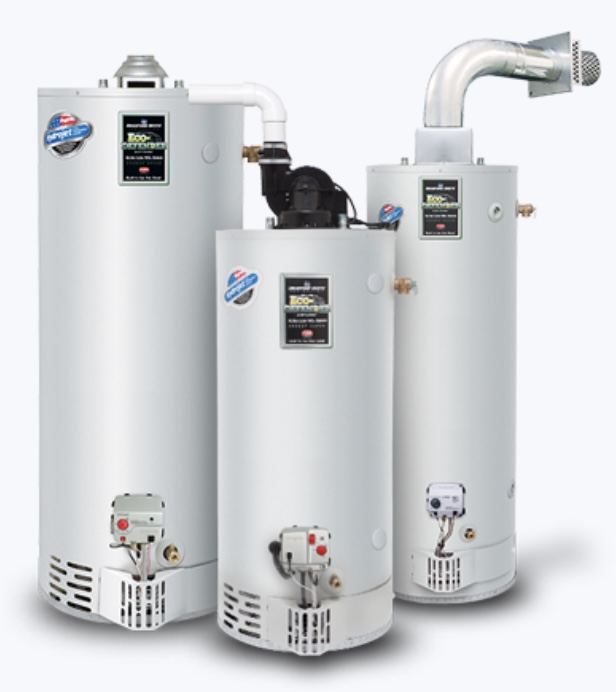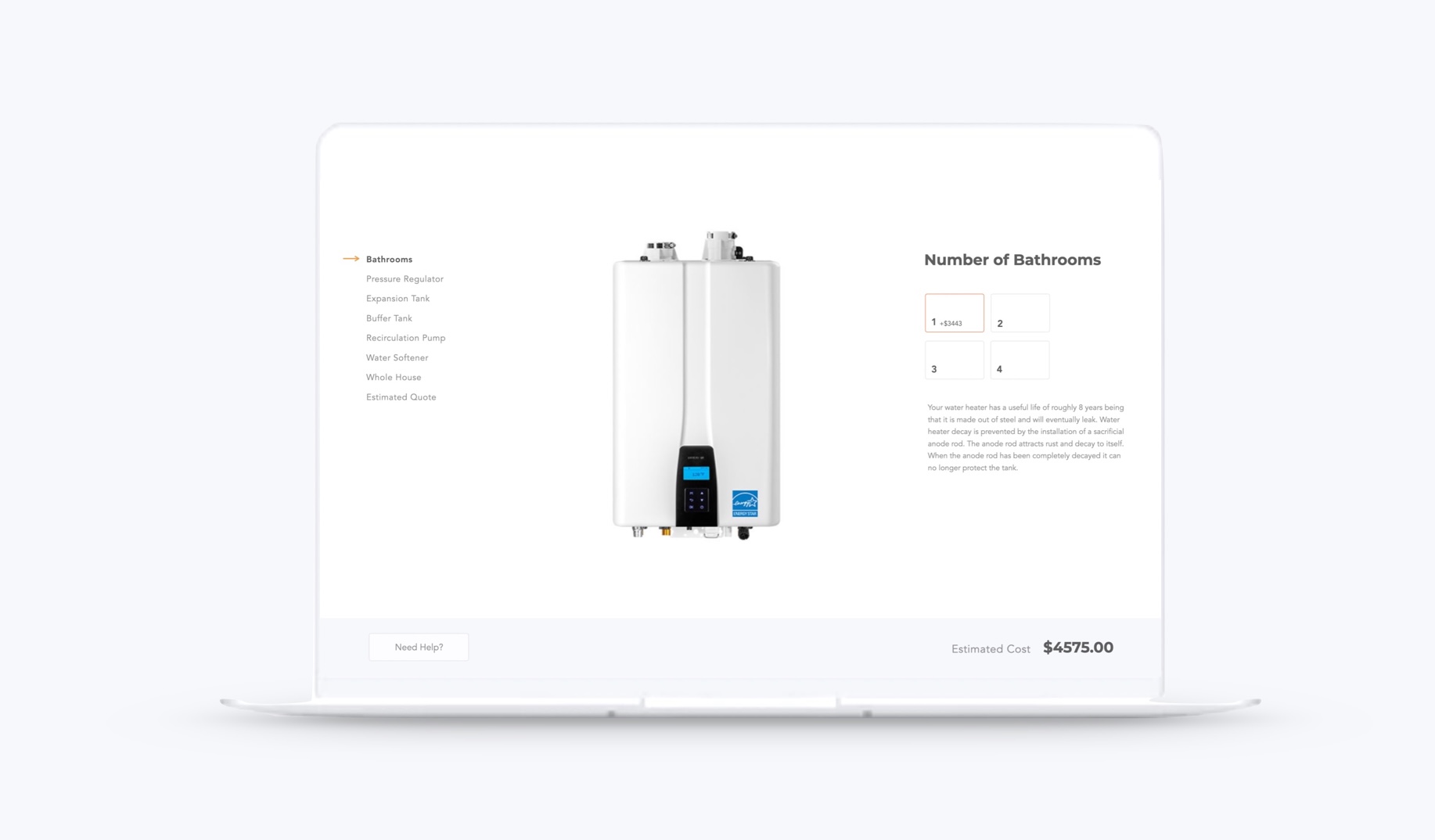If you are experiencing issues with your RV’s on-demand water heater, it is important to address them promptly to ensure a steady supply of hot water during your travels. Common problems with RV tankless water heaters include a lack of hot water, water temperature fluctuations, and ignition problems. To repair these issues, you can start by checking the gas supply, cleaning the burner assembly, and flushing the water heater. However, if you encounter persistent problems, gas leaks, or electrical issues, it is advisable to seek professional help. To prevent future problems, regular maintenance, proper ventilation, and the use of a water softener are recommended. If you have any further questions, our FAQs section addresses common concerns such as flushing frequency, repairing gas leaks, average lifespan of RV on-demand water heaters, troubleshooting ignition issues, and the possibility of self-installation.
Common Issues with RV Tankless Water Heaters
This section will discuss the common issues that RV tankless water heaters may experience, including lack of hot water, water temperature fluctuations, and ignition problems.
1. Lack of Hot Water
A common issue with RV tankless water heaters is a lack of hot water. This can be frustrating when you’re on the road and in need of a hot shower or warm water for other purposes. There are several possible reasons for this problem, such as a malfunctioning thermostat, a clogged water filter, or a faulty heating element. To address this issue, you can start by checking the thermostat settings and ensuring they are correctly adjusted. If the thermostat seems fine, you can then inspect the water filter and clean or replace it if necessary. If these steps don’t resolve the problem, it may be best to seek professional help to diagnose and repair the issue.
2. Water Temperature Fluctuations
Water temperature fluctuations can be a common issue with RV tankless water heaters. This can be frustrating when you’re trying to enjoy a hot shower or wash dishes. There are several possible causes for water temperature fluctuations, including problems with the water flow, pressure, or the heating element itself. To address this issue, it is important to check and adjust the water flow and pressure settings. Additionally, cleaning or replacing the heating element may be necessary to ensure consistent water temperature. Regular maintenance and inspection can help prevent this problem from occurring in the future.
3. Ignition Problems
Ignition problems can be a common issue with RV on-demand water heaters. When the ignition fails, the water heater will not be able to produce hot water. There can be various reasons behind ignition problems, such as a faulty ignition switch, a malfunctioning control board, or a blocked or dirty burner assembly. To resolve ignition problems, it is important to first check if there is a proper gas supply to the water heater. If the gas supply is fine, the burner assembly should be cleaned to remove any debris or blockages. If the issue persists, it is recommended to seek professional help to diagnose and fix the ignition problem.
Repairing RV On Demand Water Heaters
When it comes to repairing RV on demand water heaters, there are several steps you can take to troubleshoot and fix common issues. These include checking the gas supply, cleaning the burner assembly, and flushing the water heater. However, if you encounter persistent problems, gas leaks, or electrical issues, it is recommended to seek professional help.
1. Checking the Gas Supply
Checking the gas supply is an essential step in repairing an RV on demand water heater. To ensure that the water heater is functioning properly, it is important to verify that there is an adequate supply of gas. This can be done by checking the gas valve and ensuring that it is open. Additionally, it is important to inspect the gas lines for any leaks or damage. If there are any issues with the gas supply, it is recommended to seek professional help to safely address the problem.
2. Cleaning the Burner Assembly
To properly clean the burner assembly of your RV on demand water heater, follow these steps:
- Turn off the gas supply to the water heater.
- Remove the access panel to gain access to the burner assembly.
- Gently brush away any debris or dust from the burner assembly using a soft-bristle brush.
- Inspect the burner ports for any clogs or blockages. Use a small wire or pipe cleaner to carefully clear any obstructions.
- Wipe down the burner assembly with a damp cloth to remove any remaining dirt or residue.
- Replace the access panel and securely tighten any screws or fasteners.
- Turn on the gas supply and test the water heater to ensure it is functioning properly.
Regularly cleaning the burner assembly will help maintain the efficiency and performance of your RV on demand water heater.
3. Flushing the Water Heater
Flushing the water heater is an essential step in maintaining the functionality and efficiency of your RV on-demand water heater. Over time, sediment and mineral build-up can accumulate in the tank, causing clogs and reducing the heating capacity. To flush the water heater, follow these steps:
- Turn off the water heater and allow it to cool down.
- Locate the drain valve at the bottom of the water heater.
- Attach a hose to the drain valve and place the other end in a suitable drainage area.
- Open the pressure relief valve to allow air into the tank.
- Slowly open the drain valve and let the water flow out until it runs clear.
- Close the drain valve and disconnect the hose.
- Close the pressure relief valve.
- Turn on the water supply and allow the tank to fill up.
- Open a hot water faucet inside your RV to let any air escape from the system.
- Once a steady flow of water is coming out of the faucet, close it.
- Finally, turn on the water heater and verify that it is functioning properly.
Regularly flushing your RV on-demand water heater will help remove debris and sediment, prolonging its lifespan and ensuring you have a consistent supply of hot water during your travels.
When to Seek Professional Help
Knowing when to seek professional help for your RV on demand water heater is crucial to ensure proper repairs and avoid further damage.
1. Persistent Problems
When it comes to RV on demand water heaters, persistent problems can be a cause for concern. These issues may include a lack of hot water, water temperature fluctuations, ignition problems, gas leaks, and electrical issues. While some of these problems can be resolved through simple repairs or maintenance, persistent problems often indicate a more serious underlying issue. In such cases, it is advisable to seek professional help to ensure the proper functioning and safety of your RV water heater.
2. Gas Leaks
Gas leaks can be a serious issue when it comes to RV on demand water heaters. If you suspect a gas leak, it is crucial to seek professional help immediately. Gas leaks can not only lead to a lack of hot water but also pose a significant safety risk. Attempting to repair a gas leak yourself can be dangerous and is not recommended. Professional technicians have the expertise and equipment to properly detect and repair gas leaks in RV water heaters.
3. Electrical Issues
Electrical issues can be a common problem with RV on demand water heaters. These issues can range from faulty wiring to malfunctioning electrical components. When encountering electrical issues, it is important to seek professional help. Attempting to repair electrical problems without the proper knowledge and expertise can be dangerous and may cause further damage to the water heater or pose a risk of electrical shock. A professional technician will be able to diagnose and repair any electrical issues safely and efficiently. Regular maintenance and proper usage can help prevent electrical problems from occurring in the first place.
Preventing Future Issues with RV Water Heaters
Preventing future issues with RV water heaters involves regular maintenance, proper ventilation, and using a water softener.
1. Regular Maintenance
Regular maintenance is crucial for keeping your RV on-demand water heater in optimal condition. By performing routine maintenance tasks, you can prevent potential issues and extend the lifespan of your water heater. Some key maintenance tasks include regularly checking for any leaks or signs of damage, cleaning the burner assembly, and flushing the water heater to remove any sediment or mineral buildup. It is also important to inspect the gas supply and ensure proper ventilation to avoid any safety hazards. By following these maintenance steps, you can ensure that your RV water heater operates efficiently and reliably.
2. Proper Ventilation
Proper ventilation is crucial for maintaining the efficiency and safety of your RV water heater. It allows for the proper combustion of gas and helps to prevent the buildup of harmful gases, such as carbon monoxide. To ensure proper ventilation, make sure that the area around the water heater is clear of any obstructions. Additionally, check that the venting system is free from any debris or blockages. Regularly inspect the vent cap to ensure it is securely in place and functioning properly. If you notice any issues with ventilation, it is important to address them promptly to prevent any potential hazards.
3. Using a Water Softener
Using a water softener can greatly help in preventing future issues with RV water heaters. Hard water contains minerals that can build up inside the water heater, leading to decreased efficiency and potential damage. By using a water softener, you can remove these minerals and ensure that your water heater operates smoothly. Softened water also helps to prolong the lifespan of the RV water heater by reducing the risk of scale buildup. It is recommended to consult the manufacturer’s guidelines or seek professional advice on the appropriate type and installation of a water softener for your specific RV water heater model.
FAQs
Answers to frequently asked questions about RV on demand water heater repair, including flushing frequency, DIY gas leak repairs, average lifespan, ignition issues, and DIY installation.
1. How often should I flush my RV tankless water heater?
It is recommended to flush your RV tankless water heater at least once a year to remove sediment and mineral buildup that can affect its performance and efficiency.
2. Can I repair a gas leak in my RV water heater myself?
Repairing a gas leak in an RV water heater should only be done by a qualified professional to ensure safety and proper repair.
3. What is the average lifespan of an RV on demand water heater?
The average lifespan of an RV on demand water heater varies depending on several factors such as usage, maintenance, and quality of the unit.
4. Why is my RV water heater not igniting?
If your RV water heater is not igniting, there could be several reasons why this is happening.
5. Can I install an RV tankless water heater on my own?
Yes, you can install an RV tankless water heater on your own.








